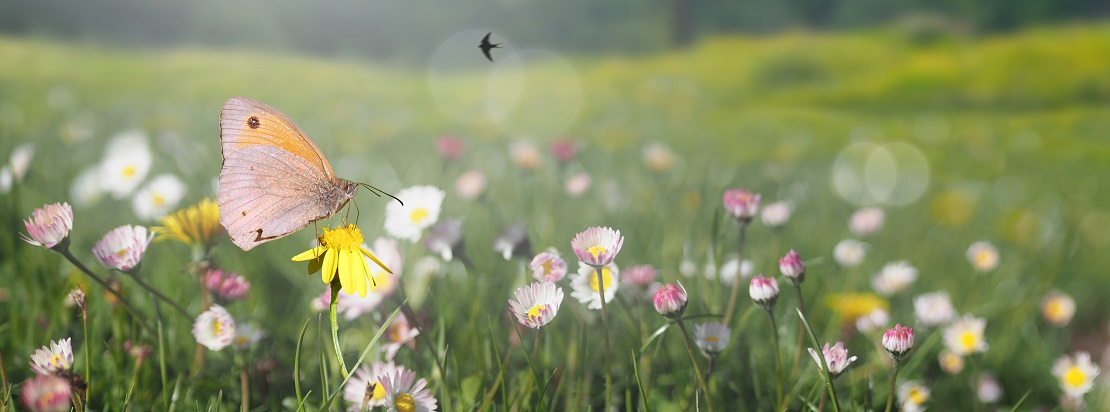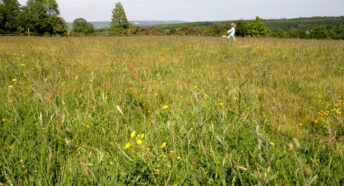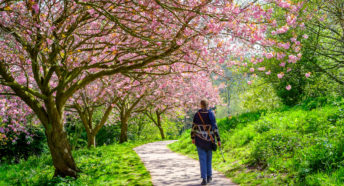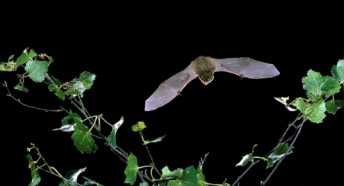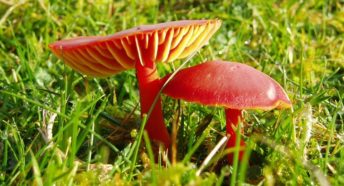A month in the countryside: connecting with nature in June
In her latest exclusive monthly column for CPRE, Susie White gives us her tips on what to look out for in nature – celebrating what makes the North Pennines so special, as well as the everyday beauty that can inspire us all.
This year, spring has acted out its name and leapt into being with vigour. It had been cold for so long – in the first half of May we were still getting frosts here – that the sudden high temperatures have caused what is known as ‘seasonal compression’. I had daffodils flowering at the same time as alliums and, with everything coming out in a rush, there are some vibrant sights of wildflowers.
A bank near my garden is coloured pale yellow with primroses and a nearby field has so many daisies that you can hardly see the grass. Plants have exploded into growth; perhaps in June things will progress at a more usual rate.
Five ways to connect with nature this June
1. Seek out swallows and swifts
They were late in coming but the swallows are back. And the sand martins, house martins and swifts, all of which return to this area of the North Pennines to breed. I love to see them swooping over the fields, flying low over the river or above the sheep which disturb the grass and its insects. Swallows chatter from our chimney pots in one of the happiest sounds of summer. They are related to house and sand martins but not to swifts.
Swifts are the last of the four migratory birds to return and the first to leave, so they are only here for a short time. Their scientific name is Apus apus, which means ‘without feet’ because their legs are so short. They hunt, drink, preen and even mate on the wing, filling the evening air with their beautiful piercing calls.
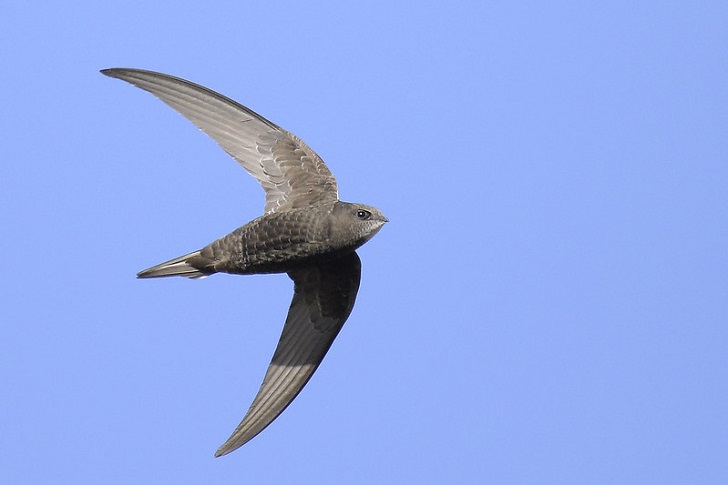
2. Hang around for the slow worm
If you have a compost heap, slow worms are likely to be attracted by its warmth. These delightful legless lizards live on a diet of snails, spiders, worms and, helpfully for gardeners, the small beige slugs that do so much damage to plants. I often see a slow worm around our compost area or quietly slipping through the long grass of our meadow. I hunker down to watch the flicker of its flat notched tongue, its blinking eye and to enjoy the metallic sheen of its smooth body.
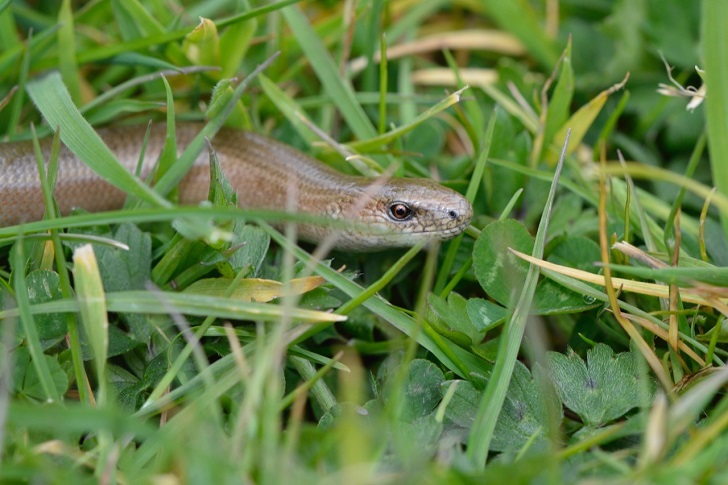
When attacked by a predator, the slow worm lives up its specific name of Anguis fragilis and will detach its tail which writhes on the ground as a distraction whilst the slow worm escapes. It will regrow in time but will no longer be detachable so it’s a one-off strategy.
3. Mark a place with wild memories
The wild rose is a plant that I particularly associate with June. Often our feelings about wild things are connected with memory. For me, it was the first time that I drove along Ullswater. It was an early summer day when the hedgerows and lakeside looking uplifting with pale pink roses. It was what the Japanese call shun, the moment that a flower or seasonal food is at its peak.
There are several species of wild roses in the UK from Rosa canina, the dog rose, to Rosa rubiginosa, the apple-scented rose that I grow in my garden. Its foliage smells deliciously of apples, especially after rain. My favourite way of looking at wild roses is to notice their delicate pink single flowers against a blue sky.
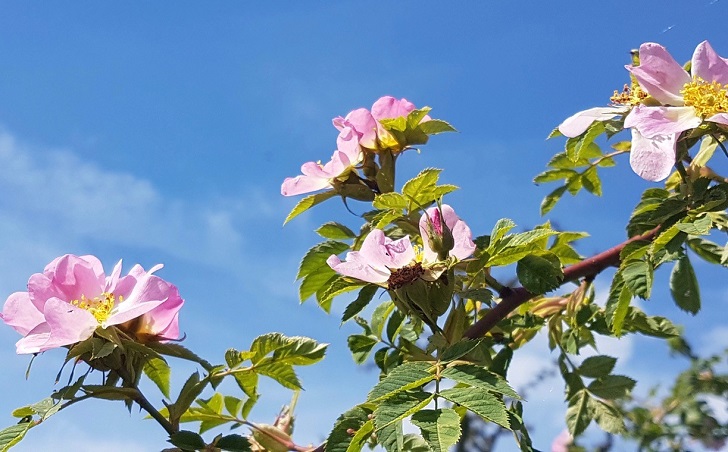
4. Enjoy a maiden voyage
Living by a river we see birds every day on the water or on the gravel beds: dipper, oystercatcher, grey wagtail, the occasional kingfisher, sandpiper – and the sleek low profile of goosander. Handsome and fast swimming, they chase and eat fish, their sawbills allowing them to catch their slippery prey.
From the garden I heard a guttural call like a rusty quacking and, peeping over the stone wall, saw an anxious goosander hurrying her flotilla of ten chicks down the burn to join the main river. Since they nest in holes in trees, I imagine that they had just ventured out for the first time, a special moment for me to happen upon.
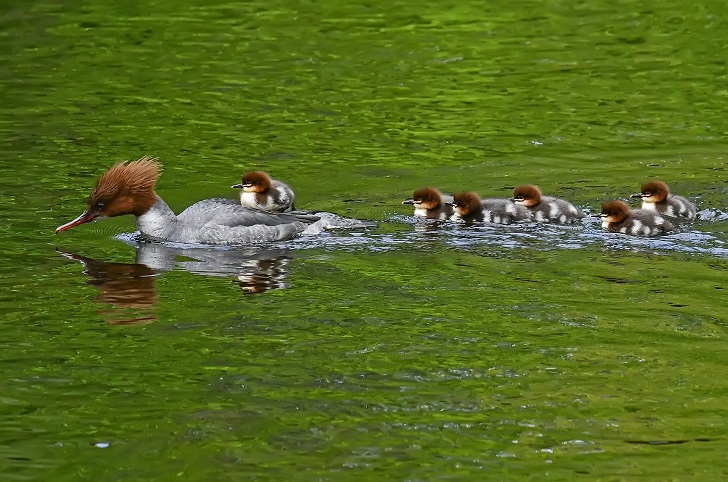
5. Give pollinators a chance
Amongst the hay rattle, ox eye daisies and ragged robin of my small garden meadow there are plants of wild Angelica, Angelica sylvestris. Their flowers are more pink than the garden herb and it is a shorter plant altogether.
It is in the flower border that I grow the statuesque angelica of cake decoration and cooking, Angelica archangelica. Every year this dramatic plant rises way above my head, its round-headed umbels a mass of light green flowers on spokes like a starburst. As I walk past, hundreds of insects take flight: bees, hover flies, tachnid flies, butterflies by day and moths at night. This makes it one of the best plants for invertebrates. A biennial, it shoots up to its full height in the second year and is usually monocarpic so that it dies after flowering – but it leaves a legacy of thousands of seeds if you let it.
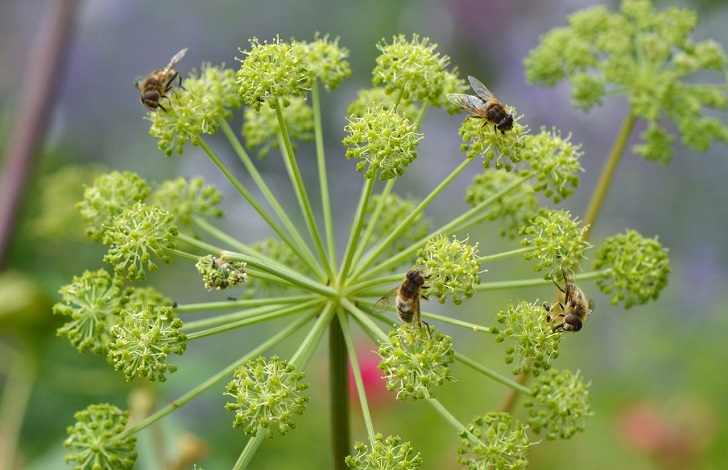
Susie White is a writer and naturalist who lives and gardens in a small valley in the North Pennines Area of Outstanding Natural Beauty. Its diverse mix of habitats and landscapes provides a rich variety of wildlife to observe and record – including through her regular Country Diary entries for The Guardian.
Read more of Susie’s observations and enjoy her great photos on twitter @cottagegardener and remember to look out for her next CPRE column in June.
